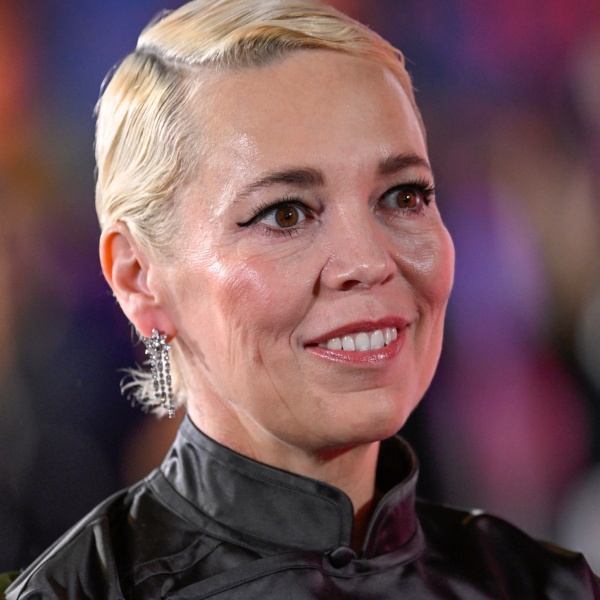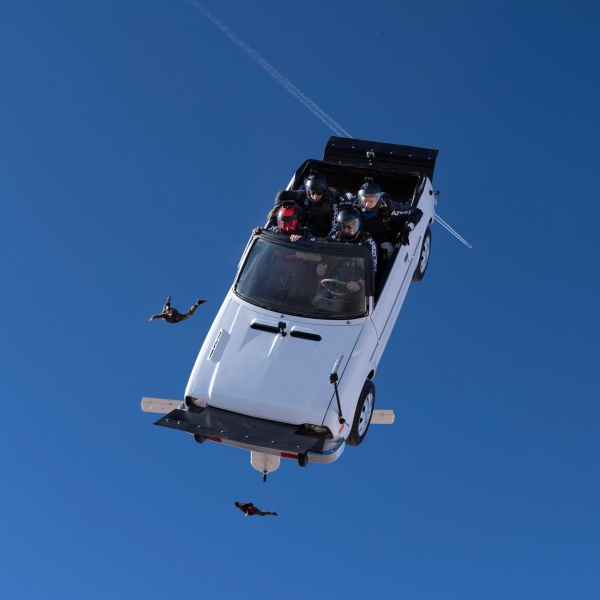
Let us pause, then, to contemplate the fate and fortunes of the director who does not have his or her eye set on the five-picture deal, the glossy franchise, the production wing in the bungalow offices of some major studio; what becomes of the director who only wants to make art and make it well? Canada’s Guy Maddin clearly has no eye on commercial success — rumor has it that his next feature might actually be in color — and instead prefers to stand at the edge and peer into the abyss to look for what’s next. This is a unique vantage point, to be sure, but it’s also perilous if one should fall; “Keyhole” is both too much and too little, a crowded smorgasbord of genre picture tropes and haunted house tricks that leaves your eyes and brain distended with both far too much to absorb and far too little to sustain.
Maddin’s usual fondness for the (soap) operatic and the melodramatic are both in play here, a gangland saga about crook Ulysses Pick (a mesmerizing Jason Patric, often the most stable thing on-screen to fix one’s gaze on) dealing with a fight over power within the confines of a semi-haunted house containing both his estranged wife, Hyacinth (Isabella Rossellini) and her captive father (Louis Negin). Ulysses is moving through shadowy territory, with time and place both permeable; Ulysses also meets Manners (David Wotner), a teen who turns out to be his offspring, and the lovely Denny (Brooke Palson) who has drowned and is both alive and dead.

Lacking the narrative clarity of “The Saddest Music in the World” — where a beer-sponsored search for depressing music from around the globe is a wicked mayor’s plan for seizing control, which may not be your definition of ‘narrative clarity’ — “Keyhole” instead works as pure atmospherics; a hallway full of genitalia and limbs sprouting from the wall (“This penis is dusty,” a character notes matter-of-factly) is a R-rated riff on Cocteau‘s “Beauty and the Beast,” while the gangland material is straight out of a ’40s Warner Brothers gangster pic — if ’40s gangster pics had rough inspiration from Homer’s Odyssey while taking place in a haunted house right out of a LSD-soaked episode of “Scooby Doo.” 
“Keyhole” was commissioned by the Wexner center for the arts at Ohio State University, with additional funding from the Canadian Government and other agencies; for those of you who have been inspired to muse on a film art without the ugly invisible hands of profit and business driving it, here is your answer, though you may not like it. The press notes for “Keyhole” describe it as Maddin’s first attempt at “pure narrative filmmaking,” a joke that, in itself, is funnier than anything in the script.
Maddin is in love with the techniques and tones of classic Hollywood — not merely the epic but also the everyday, not just the masterful but also the merely moneymaking — and his usual re-use of classic film technique is not just the centerpiece of the film but, perhaps the point of the film. Lightning flashes, thunder crashes, faces appear on billowing curtains, a man is put to death with an electric chair whose headpiece is a colander — but there’s not a character in it with the appeal of Mark McKinney‘s conniver in ‘The Saddest Music in the World,” or the lost teen detectives of “Brand Upon the Brain!” I’ve always respected Maddin as a unique and experimental artist; “Keyhole” was the first time I felt inspired to ask what, exactly, it was that the experiments were trying to prove. 
But is it not better to have a misfire from Maddin than another middle-brow double-digit return-on-investment studio film? Yes, unequivocally — but suggesting that every beautiful and bizarre film Maddin makes is a work of genius is just as patronizing as suggesting that every beautiful and bizarre film he makes is a uncommercial curiosity. Maddin is on the edge, and that perspective gives him visions and insights others never dare to attain — but with the locked and puzzling “Keyhole,” you get a sense of a filmmaker who’s lost sight of how to take his audience along with him. [D+]




